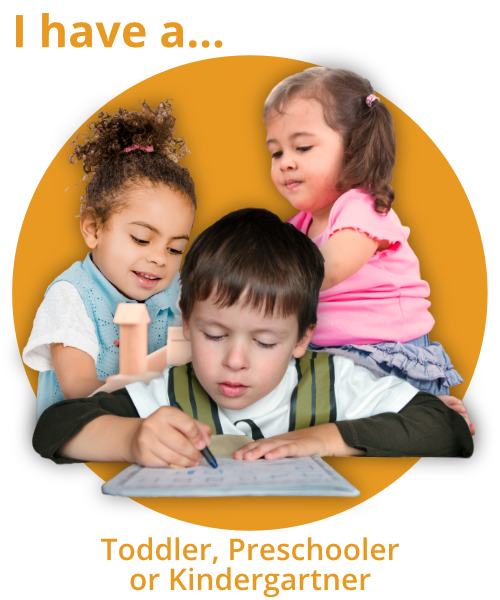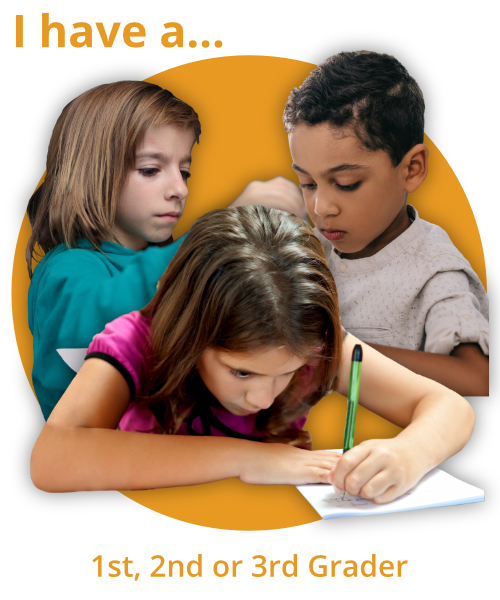Paper Snowflake Cutting For Curious Children
Looking for a fun winter activity for your children that is processed-based, but can have striking and lovely visual results? Look no further than beloved and simple snowflake making! Learn the history of snowflake making and some ways to weave in other curricular areas into this fun art exploration.
I'm Aubrey Hargis, Montessorian and mom of two. I believe that because every child is unique, no child should have to have a standardized education where their personality and interests are ignored. Fortunately, the Montessori method offers us an alternative - a way to differentiate education for our children while also keeping the curriculum rich and exciting and even a bit academic. It's not as easy as teaching everyone the same thing at the same time, but know what? We can do it! ...because education is a journey we take with our children, and the opportunities for learning start over every day.
Hey, Sweet Friend (1:19)
Welcome back to the podcast! Today, we're going to do something a little fun and different--we are going to talk about a crafty activity, talk about what parts of it are Montessori, and about how you might use it at home with your child. And that topic is snowflakes!
I know that a lot of you live in a part of the world where right now it is snowing, or you have your fingers crossed for flurries. I know SOME of you are in the middle of a totally different season! Maybe you're in the Southern Hemisphere having summer, or you're some place that doesn’t have snow EVER-- just take this and apply it when it feels relevant for you!
Meet Gina (5:29)
Today I'm spotlighting Gina, a member of Constellation, our membership group for Montessori homeschooling mamas and an HSR Primary Alumna. You can read more about Gina here!
Ok, now for an activity! Snowflakes! (10:45)
Some cool facts to share with your kids about snow:
We think snow is white, but it's actually transparent. It’s the reflection of light that makes our eyes perceive snow’s white color. If you look at individual snowflakes, they have no color, they are transparent, it really is just frozen water! That could be something interesting to dive into with your child--how do we see in color?
71 percent of the Earth's surface is water-covered. That is a huge, huge amount of water on Earth, compared to the amount of land on earth. It’s hard to truly understand the scale of that until you look at something like the land and water globes.
The oceans hold about 96.5 percent of all Earth's water. The other 3.5% is in Lakes, rivers, glaciers, soil moisture, aquifers, up in clouds, or falling down as rain or snow! This is a great opportunity to talk to your child about the water cycle; how does snow get up into the air to fall?
There are places in the world that have never seen snow. Countries like Fiji, Tuvalu, and Vanuatu in the South Pacific have never recorded snowfall! This can be an opportunity to discuss the equator, and the hottest and coldest places on the globe and WHY they are the hottest and coldest.
In Scotland, there are 421 words that are snow-related. They help describe everything from texture to size to the sound when you walk. Linguists have even compiled a list!
Is each snowflake really unique? There is some debate about this - but generally it is accepted by scientists that no two snowflakes are exactly alike - just like us. There is only one YOU! This can provide a great conversation into similarities and differences, diversities within families, cultures, and societies!
Where did snowflake paper cutting come from? (19:36)
-One of the first books written about snowflakes was published in 1864! Frances Knowlton Chickering examined the snowflakes that fell on her windows and then worked quickly to try to cut them from paper.
-Snowflake cutting is not just a children's craft..it’s a Japanese art called Kirigami! The name Kirigami originates from the Japanese words "kiru" (to cut) and "kami" (paper). After the Chinese invented paper and brought it to Japan, paper folding and cutting was initially only for the elite or used in religious ceremonies, because of the scarcity and expense of paper. Over time, it became recreational and accessible to everyone.
-In 1962, Kirigami was popularized in the United States by an artist named Florence Temko. Florence had a bad case of Hepatitis from some mussels she ate and entertained herself by learning origami. She wrote a book called "Kirigami, the Creative Art of Papercutting" and many people learned how to cut paper snowflakes.
Give snowflake cutting a try! (22:59)
I want to encourage you to cut paper snowflakes with your children! It's easy and so much fun.
Fold a square piece of paper in half, then in half again, then in half again and again until you have a slim triangle. Cut out shapes along the edges on all sides. Round out the top - the largest side, and then open it back up! You should have a very interesting shape.
Experiment with different types and shapes of paper and different shapes cut into the paper (larger / smaller, triangle/half-circle, etc.)!
You can watercolor paint snowflakes after you cut them! Sometimes we even sprinkle salt over them to add texture and pattern variation at our house.
Hang up in a window or right on the ceiling. Make a mobile!
Gratitude (26:43)
Today I am grateful for the memory of TEXAS SNOW when I was a child; for the snowman my father managed to build in the backyard with the smallest amount of snow; for the feeling of soft fluffy flakes on my skin and the memory of the earth transformed into soft whiteness.


